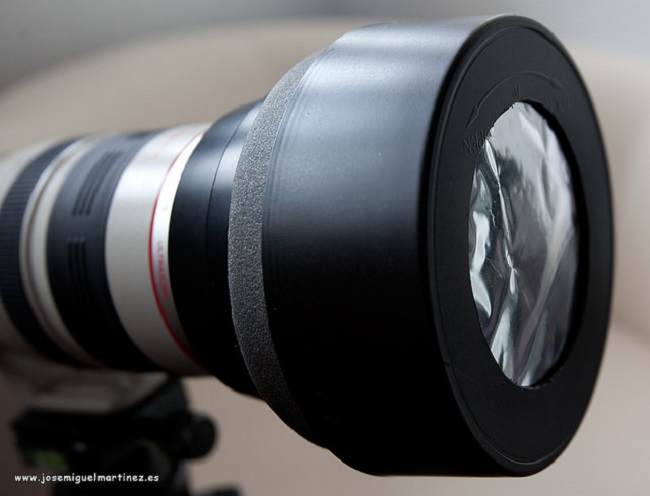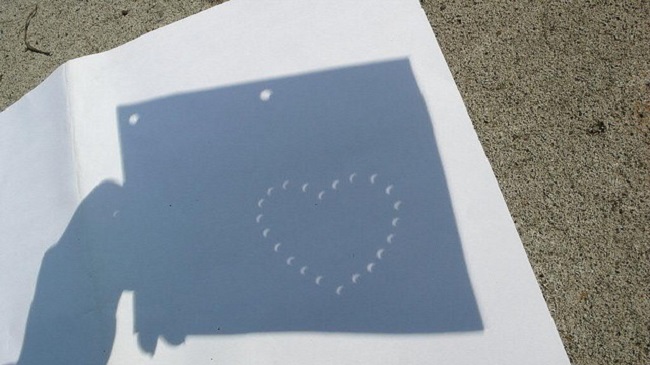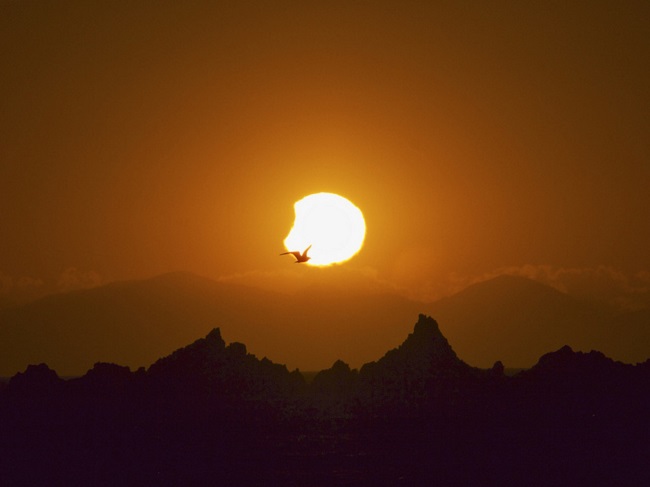A total solar eclipse. Image via S HABBAL, University of Hawaii
At 9.28am tomorrow, photographers across Ireland will be aiming their cameras at the sky to capture the solar eclipse, and by following these three steps, they can save their sight and their camera.
It may seem like an obvious point these days, but if you haven’t noticed, the sun is a rather powerful force that despite being nearly 150m km away can blind a person permanently if looked at for too long and during a solar eclipse, this is still the case.
The potential for damage is so strong, in fact, that the Irish College of Ophthalmologists (ICO) felt it necessary to issue a statement that asks people not to attempt to take selfies with the eclipse.
Given these warnings, it would be incredibly foolish to point a camera’s focal lens at an already powerful beam of energy.
However, it is still possible to take images of the partial solar eclipse with these handy tips camera maker Canon has put together.
Use a specialised solar filter
Sold at stores and organisations that cater to amateur astronomers, these camera lenses are catered specifically for capturing solar events, such as eclipses, and will protect both the operator’s camera and, more importantly, his or her own vision.

Image of solar camera lens via José Miguel/Flickr
Use the safety of a pinhole
Of course, if you can’t get your hands on a manufactured lens, it’s also possible to use a much cheaper method that schoolchildren have been taught for decades: the pinhole technique.
Covered in Siliconrepublic.com’s handy guide to the solar eclipse, by using this technique, you can create essentially the exact same sight you would see by looking at the sun, but with the added protection of looking at its reflection instead.
According to Canon, a tree can often be the best way of reflecting the eclipse through a pinhole in a piece of cardboard but if you’re not near a tree, you can make your own version by standing with your back to the sun and holding a colander or similar household item so the sunlight shines through the holes.
It’s also possible to write a person’s name on paper in little pin-pricks and let the sunlight pass through it to spell it on the ground which, if you take multiple photos, can document the eclipse’s progress.

Image via magthepig/Flickr
Take a photo of everything else
Perhaps you might feel that you want to be a little bit different and photograph everything but the actual eclipse itself.
For example, animals tend to perceive the change in light more than humans in some cases, so observe birds and other wildlife as they react to the eclipse.
Also, you can look at your own shadow created by holding your fingers or hands at 90 degrees to each other with one shadow being sharper than the other.

Image via Morgan Loomis/Flickr